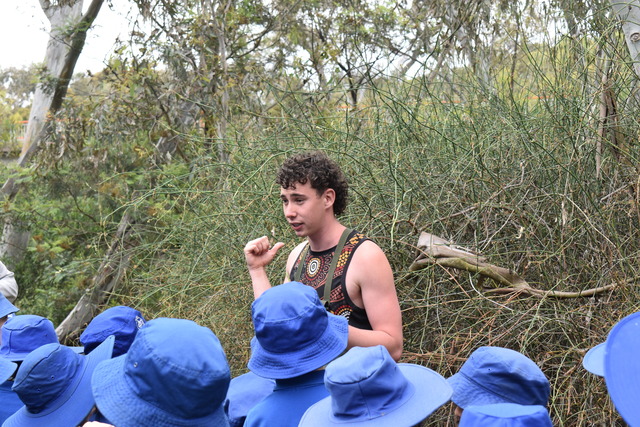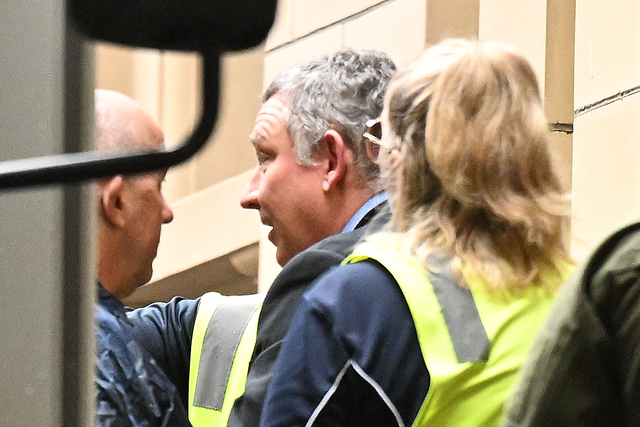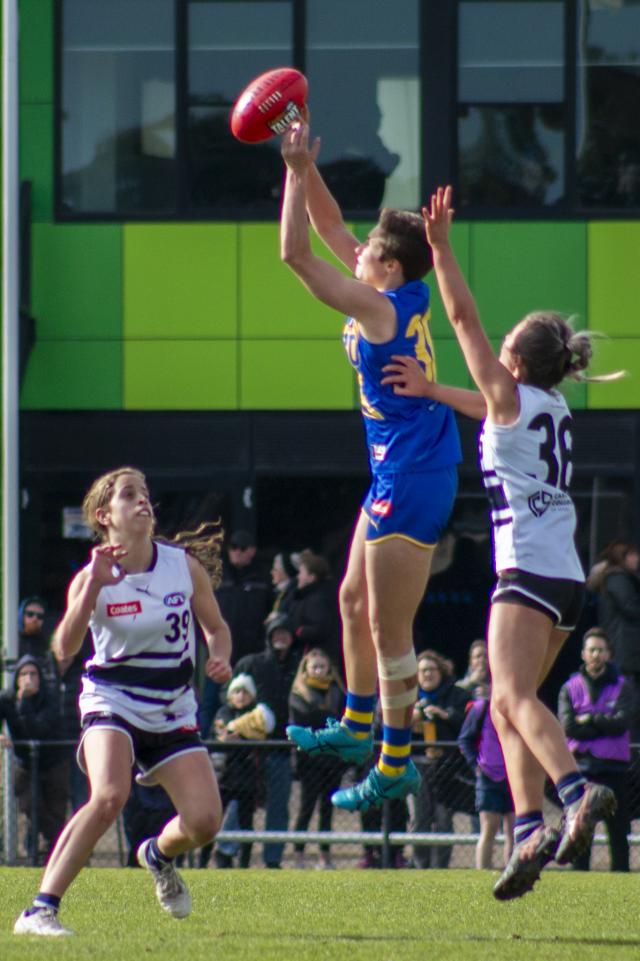The federal electorate of Maribyrnong has the second-highest number of stroke victims in Victoria, according to a new report.
A National Stroke Foundation report released last week showed that the electorate, which includes Braybrook, Kealba, Keilor East and St Albans, has 3439 stroke survivors.
Only the electorate of Flinders, in Melbourne’s south-east, has more with 3810. And when compared with the rest of Australia, Maribyrnong’s stroke rate survival of 2069 people per 100,000 is above the national average of 1886.
The report showed that in the electorate of Maribyrnong:
• 30,312 people have high blood pressure;
• 3464 have an irregular heartbeat;
• 43,866 have high cholesterol; and
• 77,884 people are classified as not getting enough physical activity.
The new data also showed the electorates of Australians with the major stroke risk factors: high blood pressure, high cholesterol, atrial fibrillation (irregular heartbeat) and physical inactivity.
In Gorton, which includes Albanvale, Burnside, Cairnlea, Caroline Springs, Deer Park, Delahey and Derrimut, there are 2357 stroke survivors, which is 1270 per 100,000 people.
In Gellibrand, which includes Albion, Ardeer, Brooklyn, Sunshine and Sunshine West, there are 1679 stroke survivors for every 100,000 people.
National Stroke Foundation chief executive Erin Lalor said that in Victoria the greatest risk factors for stroke were high cholesterol (26 per cent of the population), high blood pressure (18 per cent) and physical inactivity (46 per cent).
“Stroke kills more women than breast cancer and more men than prostate cancer,” Dr Lalor said.
“This devastating disease also places significant demands on health services, families and the community across the country. By ranking electorates we can understand where the impact is greatest … [and] help with service planning and co-ordination.”
Weststroke Support Group’s Melva Morrison said she was unsure why so many people in the Maribyrnong electorate were stroke victims.
She said about 10 people attended the group’s monthly meetings, held at West Rec Reserve on the first Friday of every month.
“My husband, Ted, had a stroke in 2003 and we joined the group then,” Ms Morrison said. “We enjoyed it and have been coming back ever since.
“We give out information about strokes and talk about things that are happening. We also have visitors who give talks about health issues.”






